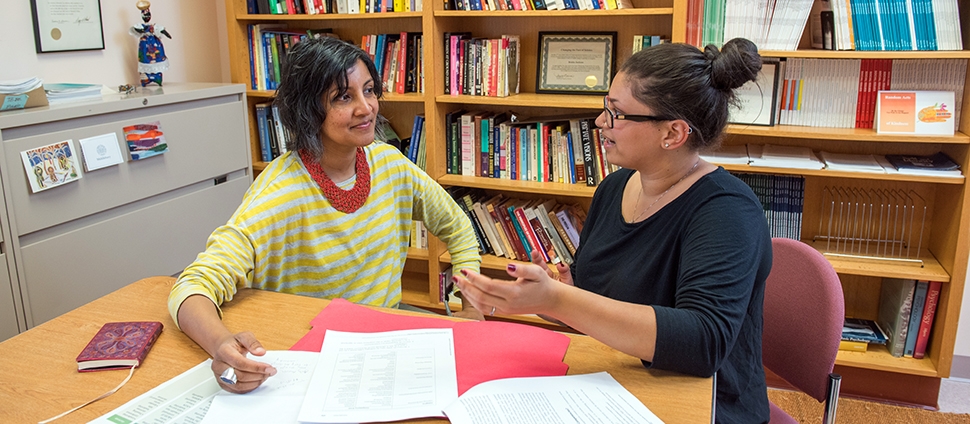Document Type
Article
Publication Date
1-1-2004
Publication Title
Memory and Cognition
Abstract
In four experiments, we examined observers' ability to locate objects in virtual displays while rotating to new perspectives. In Experiment 1, participants updated the locations of previously seen landmarks in a display while rotating themselves to new views (viewer task) or while rotating the display itself (display task). Updating was faster and more accurate in the viewer task than in the display task. In Experiment 2, we compared updating performance during active and passive self-rotation. Participants rotated themselves in a swivel chair (active task) or were rotated in the chair by the experimenter (passive task). A minimal advantage was found for the active task. In the final experiments, we tested similar manipulations with an asymmetrical display. In Experiment 3, updating during the viewer task was again superior to updating during the display task. In Experiment 4, we found no difference in updating between active and passive self-movement. These results are discussed in terms of differences in sources of extraretinal information available in each movement condition.
Volume
32
Issue
3
First Page
399
Last Page
415
DOI
10.3758/BF03195834
ISSN
0090502X
Rights
Copyright 2004 Psychonomic Society, Inc.
Version
Version of Record
Recommended Citation
Wraga, Maryjane; Creem-Regehr, Sarah H.; and Proffitt, Dennis R., "Spatial Updating of Virtual Displays During Self- and Display Rotation" (2004). Psychology: Faculty Publications, Smith College, Northampton, MA.
https://scholarworks.smith.edu/psy_facpubs/135


